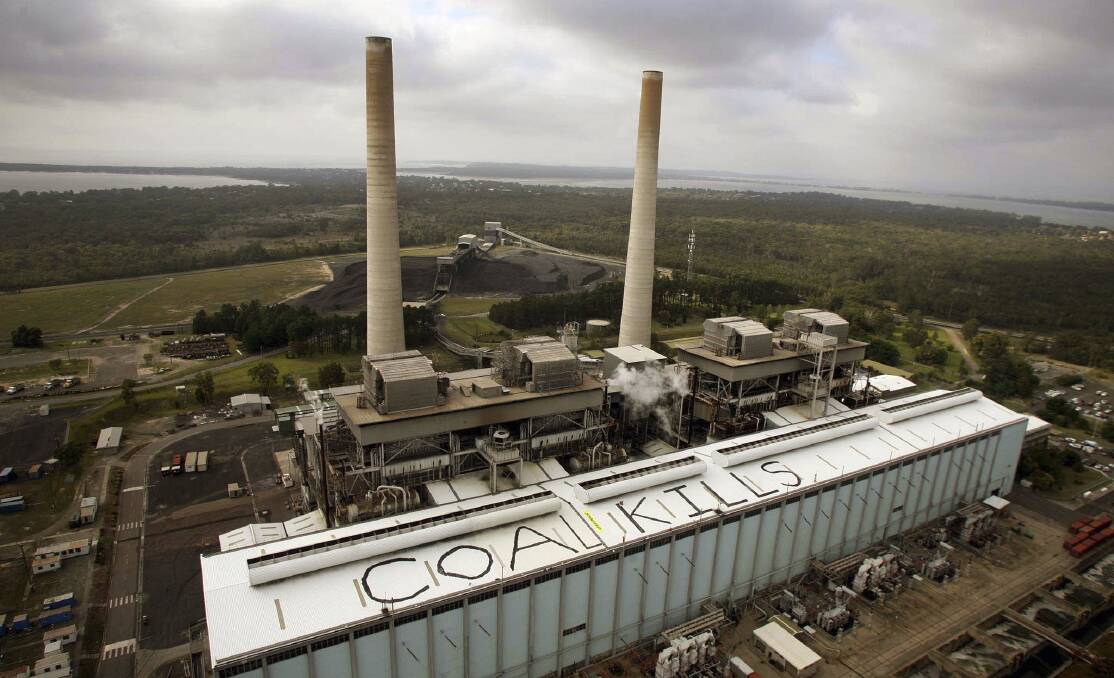Will it become a land of opportunity or a wasteland?
Subscribe now for unlimited access.
$0/
(min cost $0)
or signup to continue reading
This is one big question about the first big coal-fired power station to be demolished in the Hunter-Central Coast area.
Munmorah power station is being razed and other power plants in the region are expected to close over the next 20 years.
That includes the likes of Eraring in west Lake Macquarie, Bayswater and Liddell in the Upper Hunter and Vales Point on the lake’s southern shore.
Authorities and communities will face the task of deciding what will go on the land that the plants leave behind. Questions will also be asked about whether these contaminated sites will be properly remediated.
The Munmorah plant is based on a 750-hectare parcel of land, which the Baird government has transferred to a new state-owned business – Generator Property Management Pty Ltd.
The company’s managing director Steve Saladine said options for the site’s future would be considered in a review.
Mr Saladine said the site could be suitable for heavy industry or manufacturing, but Australia’s economy was moving away from this sector.
The company planned to leave the site in “a benign state”, so a range of potential uses could be considered.
Swansea MP Yasmin Catley intends to keep a close eye on the project to ensure community consultation and adequate remediation occurs.
Ms Catley will seek more information about the government-owned company handling the site.
She wants to know what this ownership arrangement will mean for transparency, public scrutiny and community consultation.

“In light of what we’ve seen on the Williamtown defence site, it will be imperative that every remediation measure is addressed,” she said.
A recent government-funded report found that the chemicals PFOS (perfluorooctane sulfonate) and PFOA (perfluorooctanoic acid) were detected in groundwater at the gas-fired Colongra Power Station, which is next to the Munmorah plant.
These chemicals – the same as those in the Williamtown contamination crisis – were found “at concentrations in excess of the adopted human health (drinking water) and ecological screening levels”.
Whether these chemicals came from the Munmorah site is a question authorities will be expected to examine.
The Munmorah site faces other contamination issues related to heavy metals.
“There are certain aspects of the site we will be looking to remediate,” Mr Saladine said.
“There are certain aspects of the site we’d be looking to modify, so they can exist long-term without having an environmental impact.”
The site contains an ash dam, which was used to dump waste from burnt coal. It includes heavy-metal pollutants.
“We’re looking at how we can decommission the ash dam, so it becomes a waterway that’s a wildlife sanctuary that doesn’t need to be operated on a daily basis,” Mr Saladine said.

